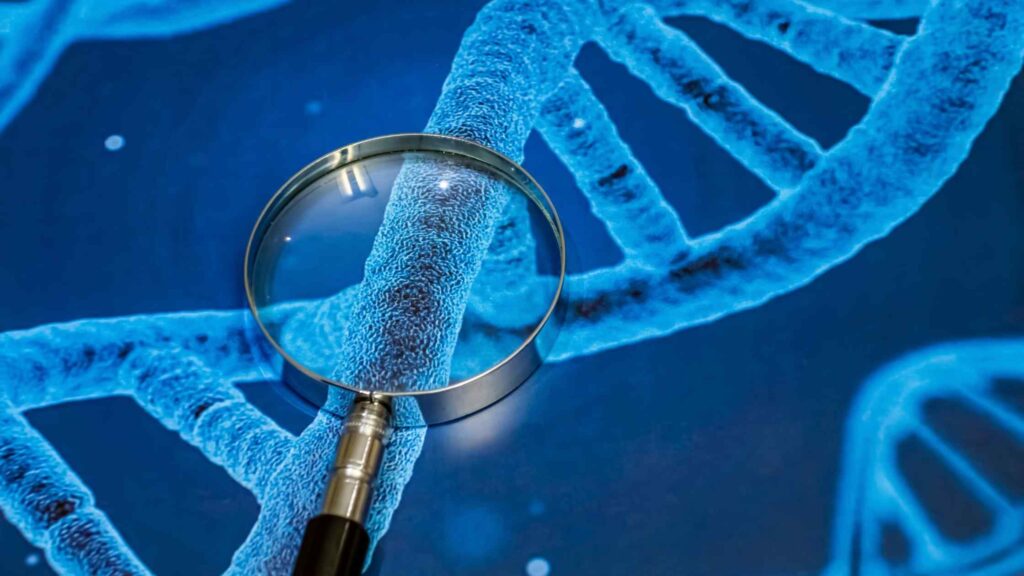10 Genetically Driven Diseases You Should Be Wary Of
Genetic Diseases
A genetic disease is caused by a defect or an abnormality in the DNA of an individual. It can either be inherited or acquired by mutations in already existing genes. A hereditary disease is passed from one generation to another through defective genes. At the same time, an acquired disorder occurs either due to any environmental exposure or randomly. Genetic diseases are not just a problem in developed countries. That’s why you need doctors like best neurologists, ophthalmologist, gynecologists.
Malformations and other genetic disorders have remarkably increased in India as well. With the country’s growing population, there has emerged an alarming rate of congenital malformations and genetic disorders. Many European genetic diseases are still very poorly understood. These rare genetic diseases have become a public health concern all around the world. Various committees have been formed to detect and identify rare diseases in the world.

Types of genetic disorders
It is essential to know what causes genetic disorders in individuals.

There are three types of genetic disorders:
- Single-gene disorders- When a change affects one gene, it is called a single-gene disease, such as Sickle cell anemia.
- Chromosomal disorders- When parts of chromosomes are changed or missing, it causes chromosomal disease, for example, Down syndrome.
- Complex disorders/Multifactorial inheritance disorder- When more than one gene is affected or changed, it is called complex disorders. Several environmental factors or mutations can cause this in more than one gene, for example, Colon Cancer.
What percentage of the population has a genetic disorder?
It is difficult to state what percentage of the population has a genetic disorder in India. The international estimate suggests that 6-8% of the Indian population suffers from a rare congenital disease. The exact number of sufferers is not yet known. Indian Genetic Disease Database is the first database of a patient-based ‘genetic disease.’ Over 50% of new cases in children are reported every year. They hugely impact children and are responsible for 35% of deaths before one year. It causes 10% of death in children aged between 1-5 years and 12% between 5-15 years. The cost of the treatment ranges from lakhs to crores per year. Many diseases have no treatment or cure.
The 10 different genetic disorders in India are as follows:
- Down Syndrome – This is also known as Trisomy 21, which is a chromosomal disorder. It is one of the most common genetic diseases. It occurs due to an abnormal cell division that results in an additional copy of the same chromosome. It is a rare genetic disorder that occurs in about 23000 to 29000 children every year. The characteristics of this disease include intellectual disability, distinct facial appearance, developmental delays, etc.
- Thalassemia – In this condition, the body cannot make the required hemoglobin that carries oxygen to the entire body. Thalassemia’s patient has pale skin, fatigue, and other serious complex issues like abnormal blood clots. A regular blood transfusion and other therapies are required to survive.
- Sickle Cell Anemia – it is an inherited disorder that affects the red blood cells. The red blood cells have a short life span and die quickly. This causes blockage of blood flow, which is very painful.
- Cystic Fibrosis – It is a genetic disorder that affects the mucus and sweat glands, which are caused due to mutation in a single gene. This affects the sodium channel that thickens the body mucus making it sticky.
- Tay-Sachs – It affects the nervous system of an individual. The disease leads to the destruction of brain cells that affects both mental and physical development.
- Hemophilia A – An individual with this disorder bleeds longer than other people. Bleeding can occur either internally or externally.
- Amino Acid Disorder – It is a hereditary metabolic disorder. This disorder either affects the metabolism process of amino acid or can get amino acids into cells.
- Spinal Muscular Atrophy – This disorder affects the nerve cells in the spinal cord. 1 in 10,000 babies gets involved, and about 1 in every 50 is a genetic carrier.
- Huntington’s disease – It causes psychiatric, movement, and cognitive disorders. This disease affects both voluntary and involuntary movements.
- Pompe Disease – It is an autosomal recessive disorder caused by an enzyme deficiency called the lysosomal enzyme.
The list of five examples of genetic factors is the:
- Ear abnormalities.
- Excessive body hair.
- Different colored eyes.
- White patches of hair.
- Unusual or different facial features.
The Hereditary diseases list consists of different defects and abnormalities that are still a field of study worldwide.

Deepa Mahar is an independent blogger and admin of DeepAdvices who is exploring the beauty of the blog writing from a variety of subjects and books to health, science and others. She believes the blog would be helpful to the reader in the context of knowledge. She is post-graduated with a degree of Biotechnology.






